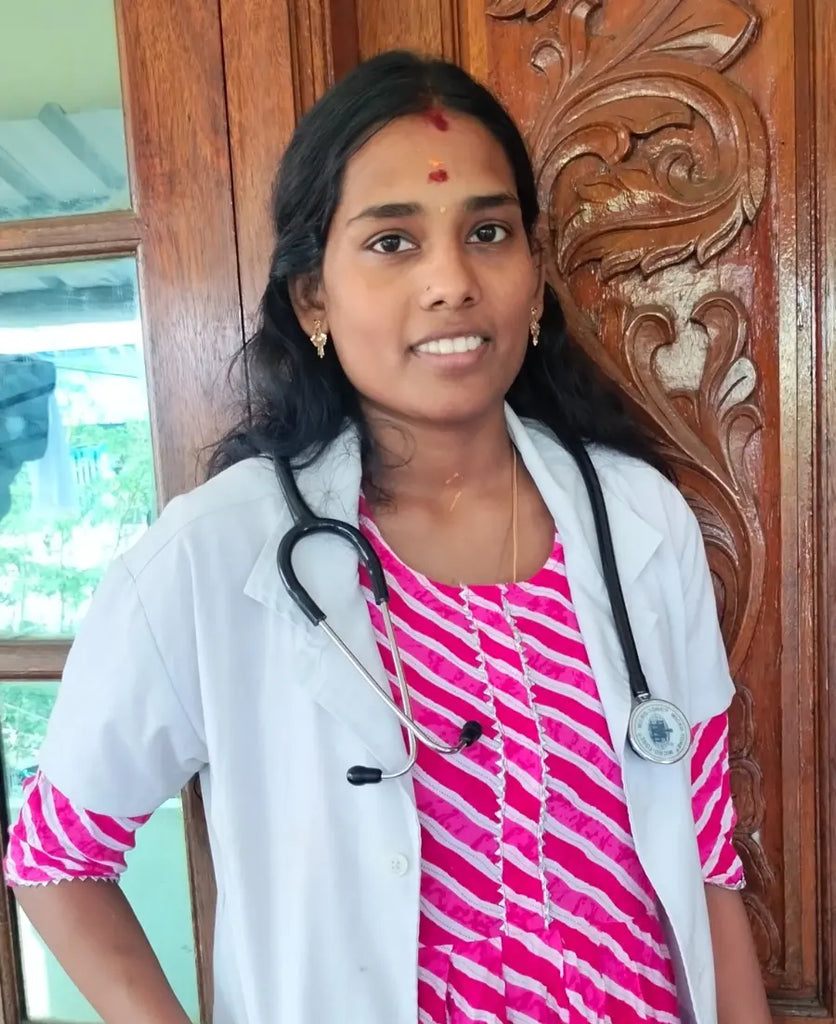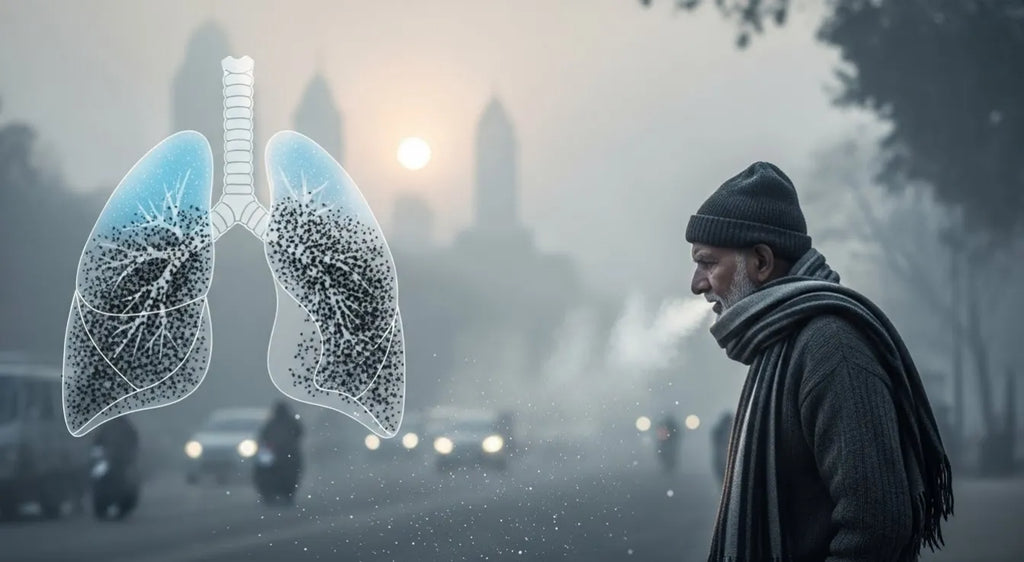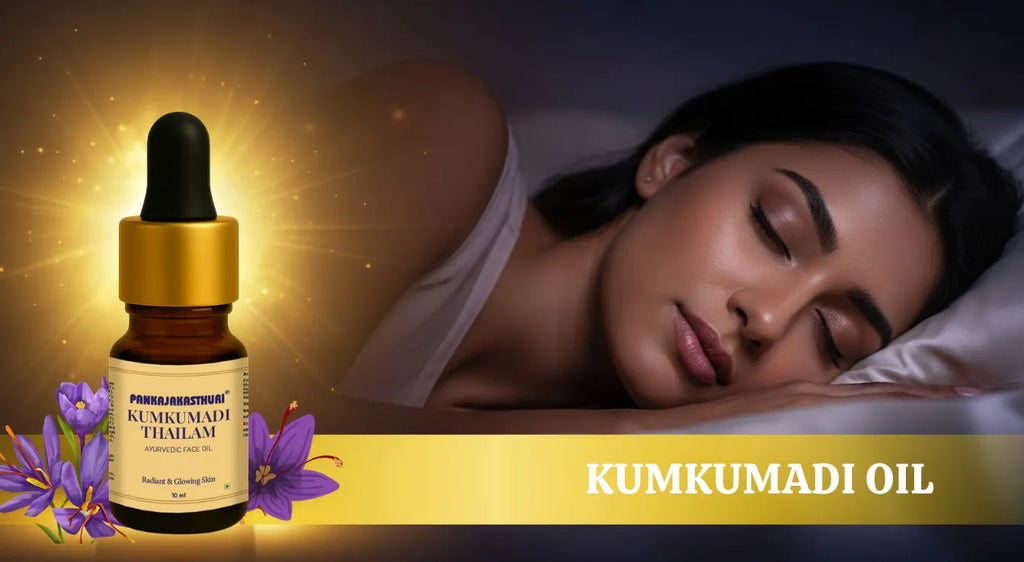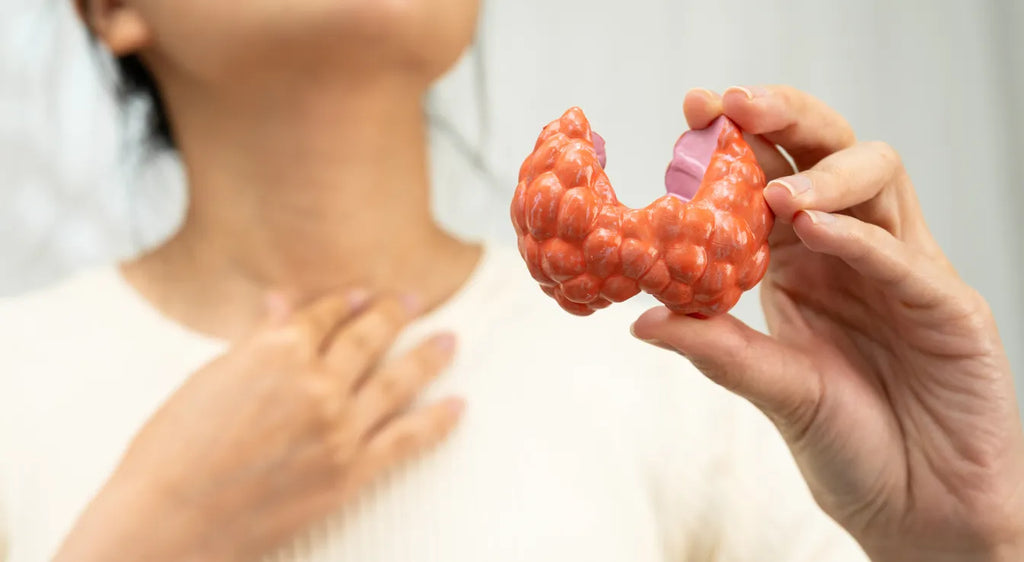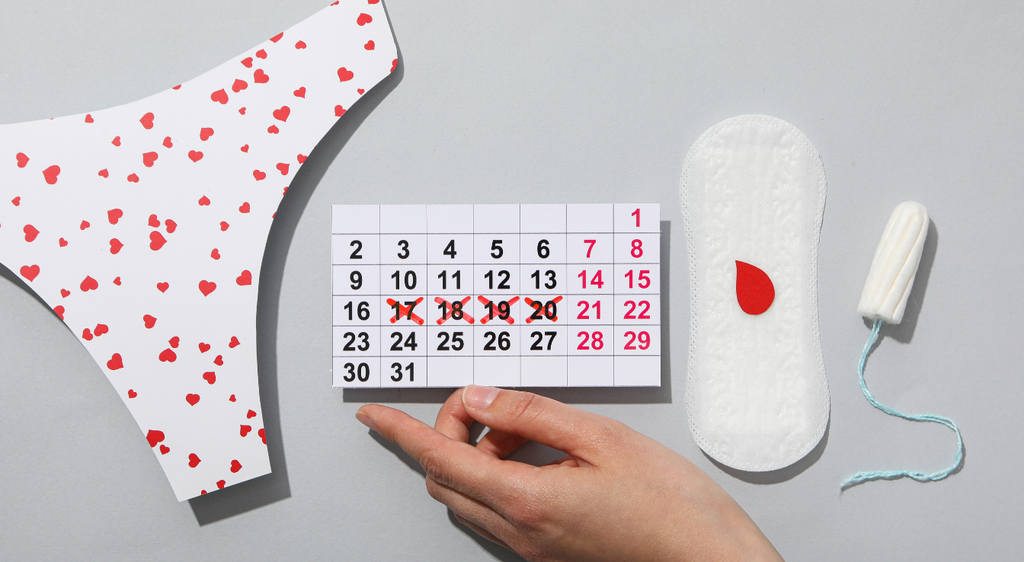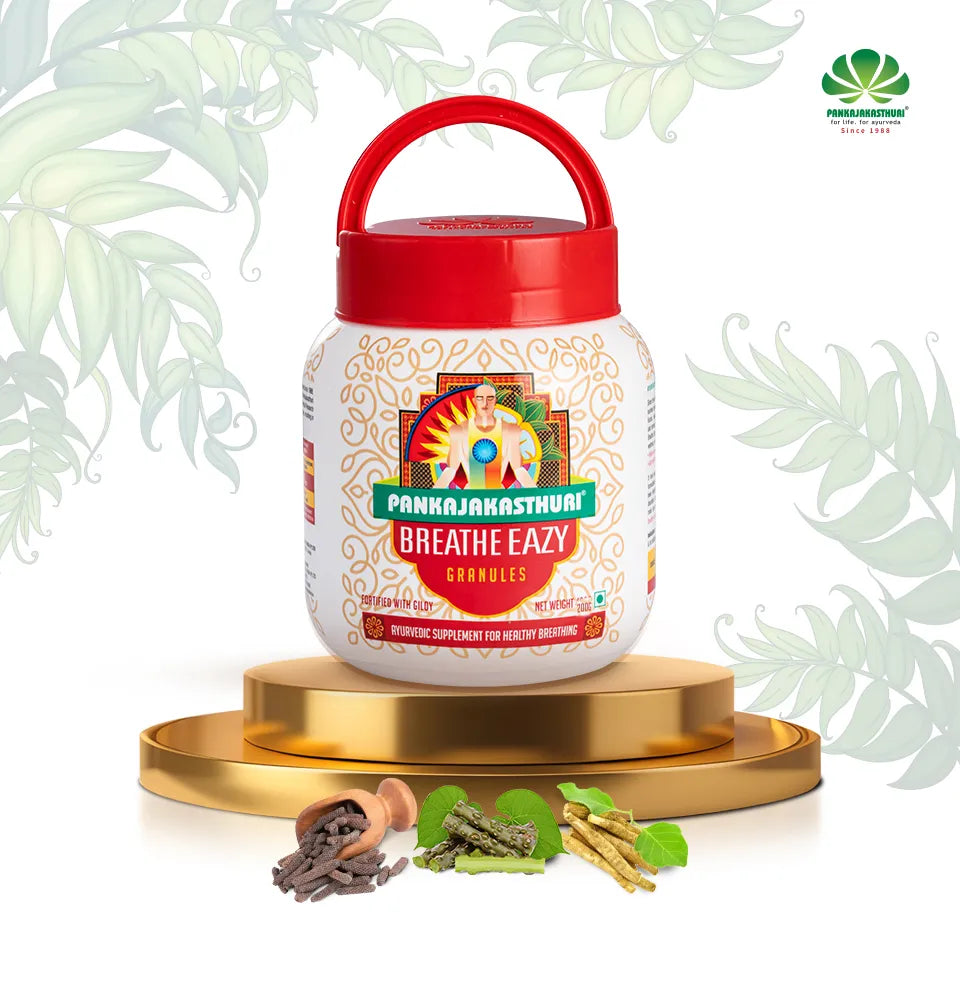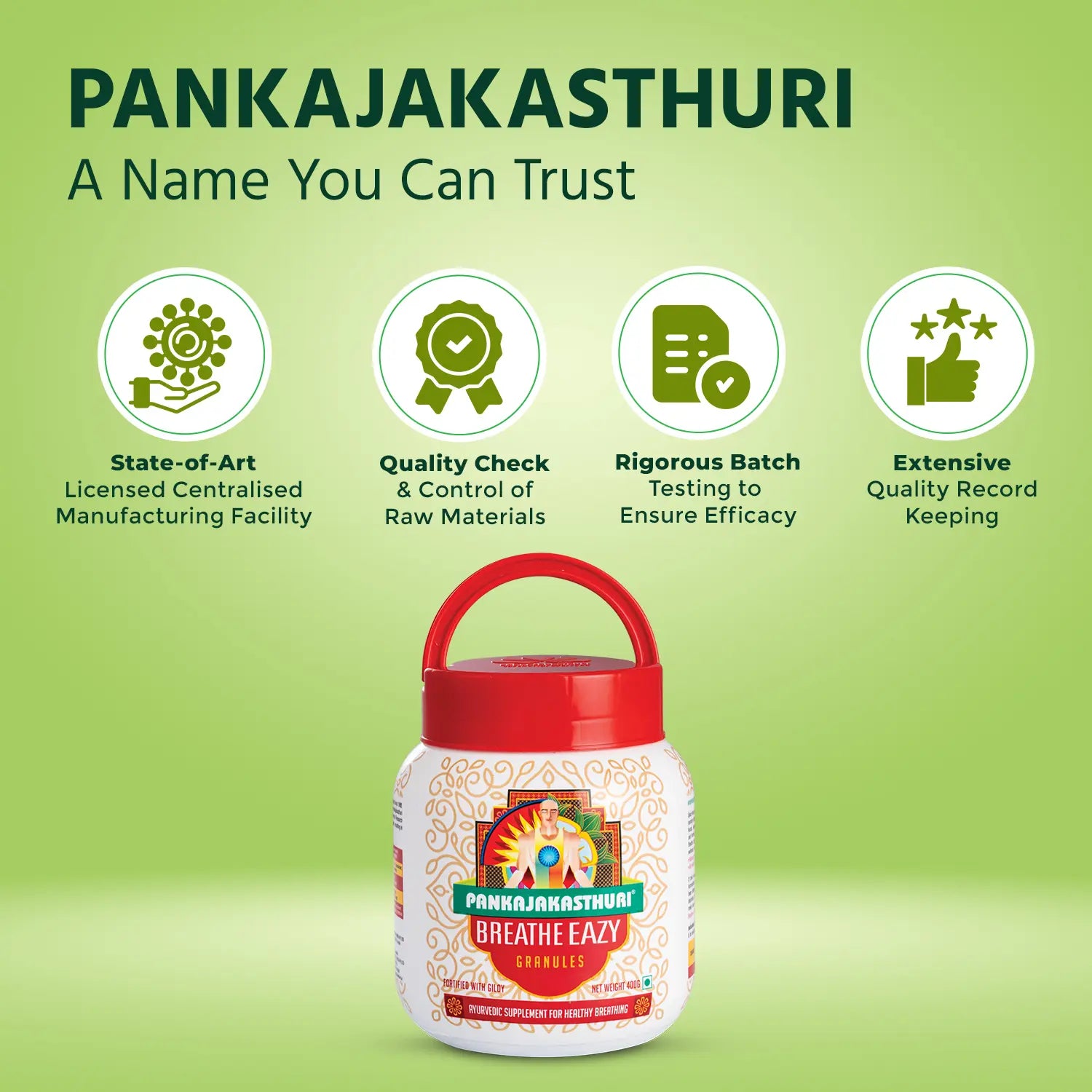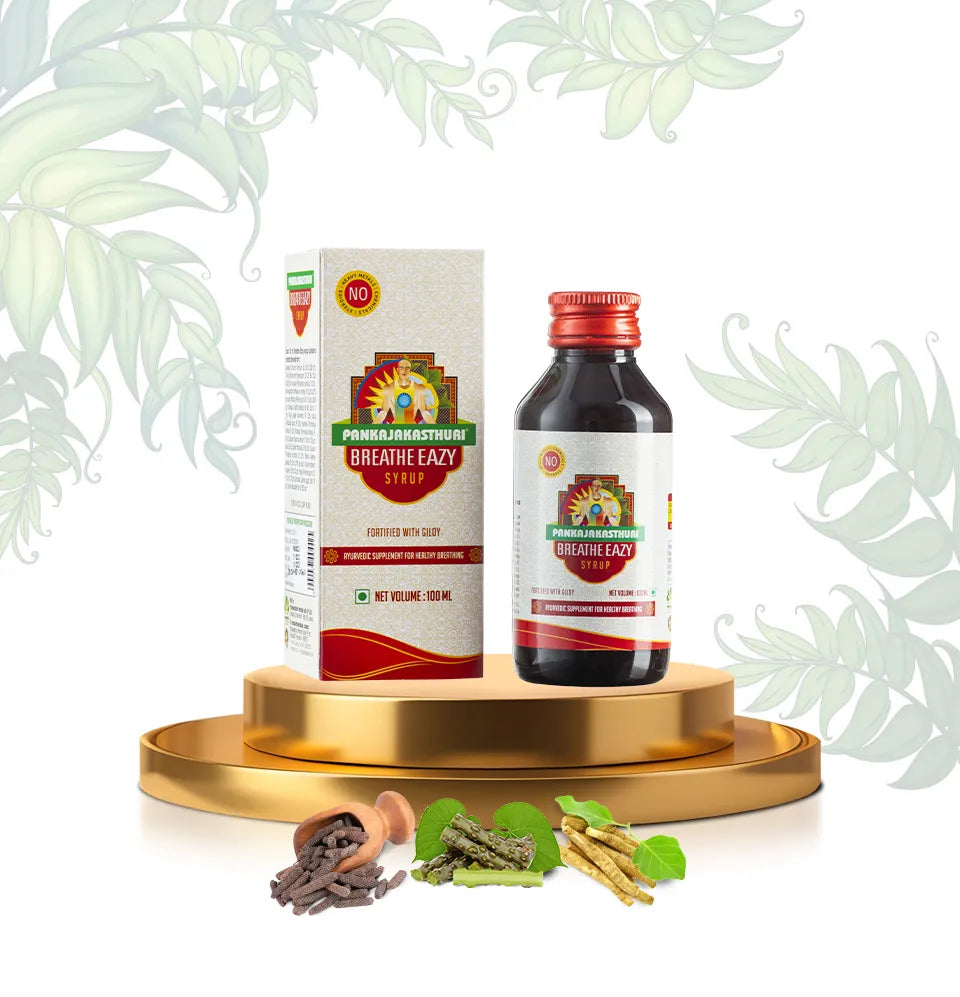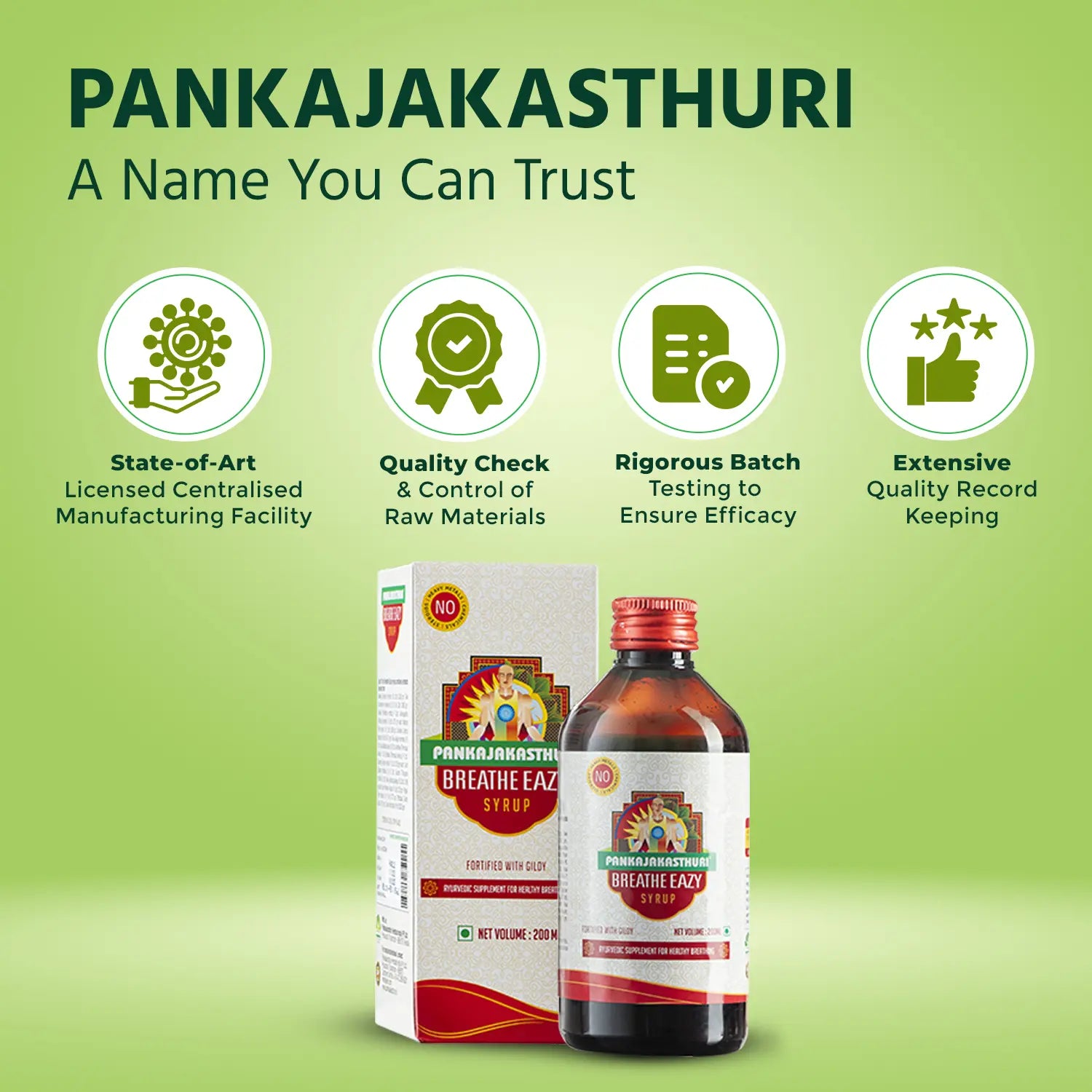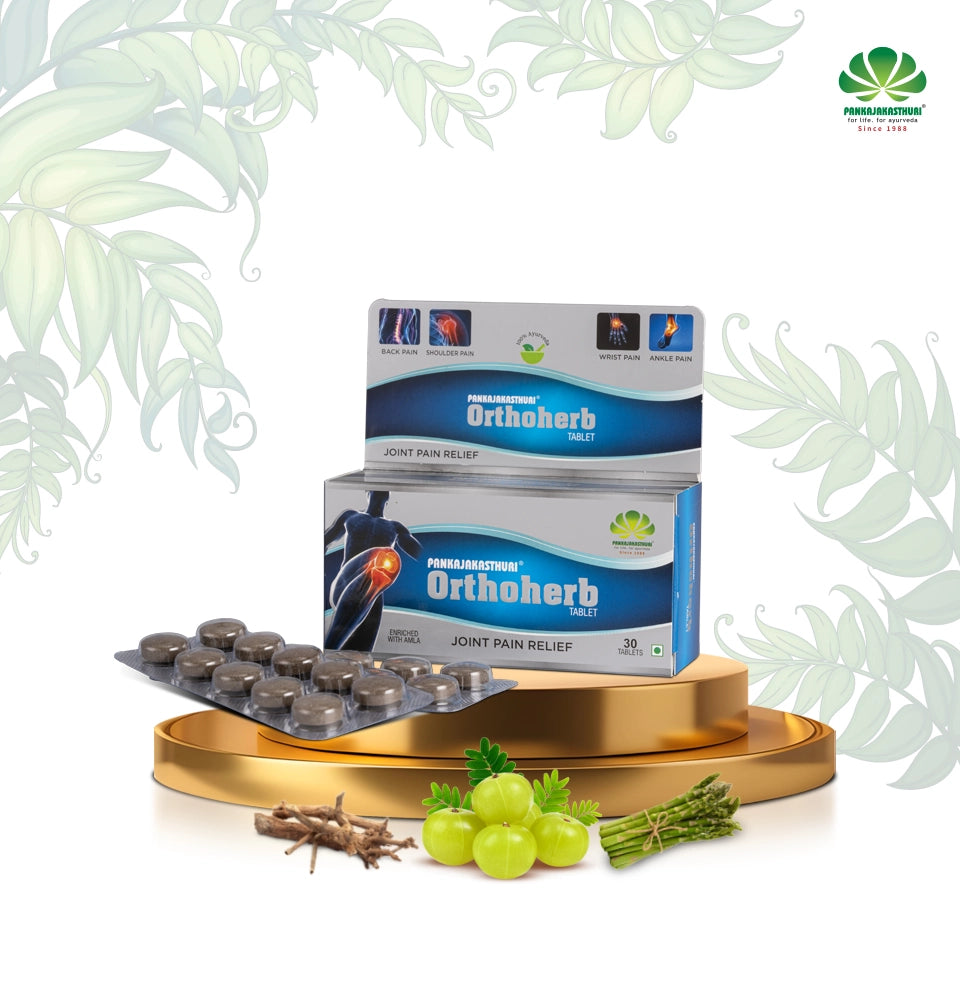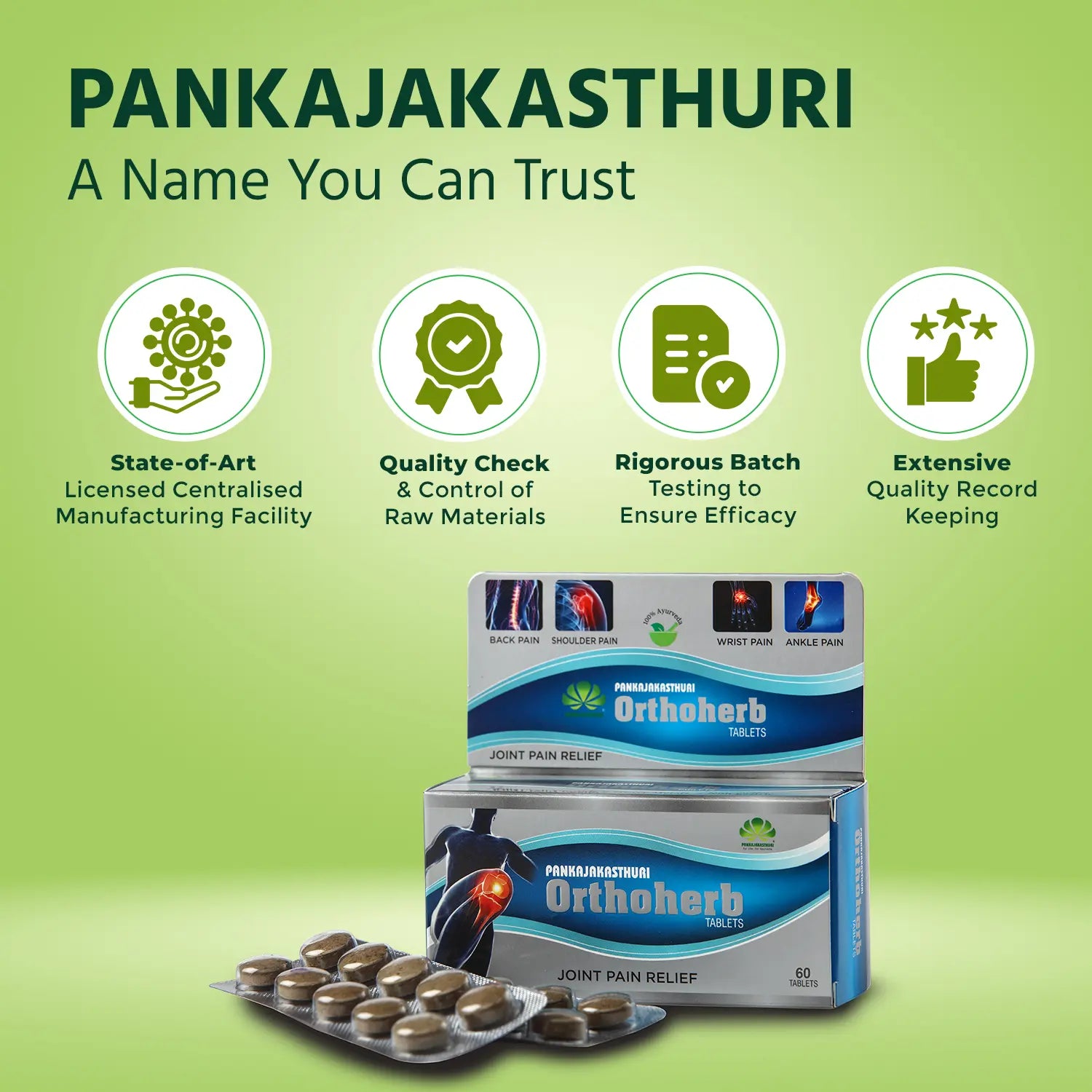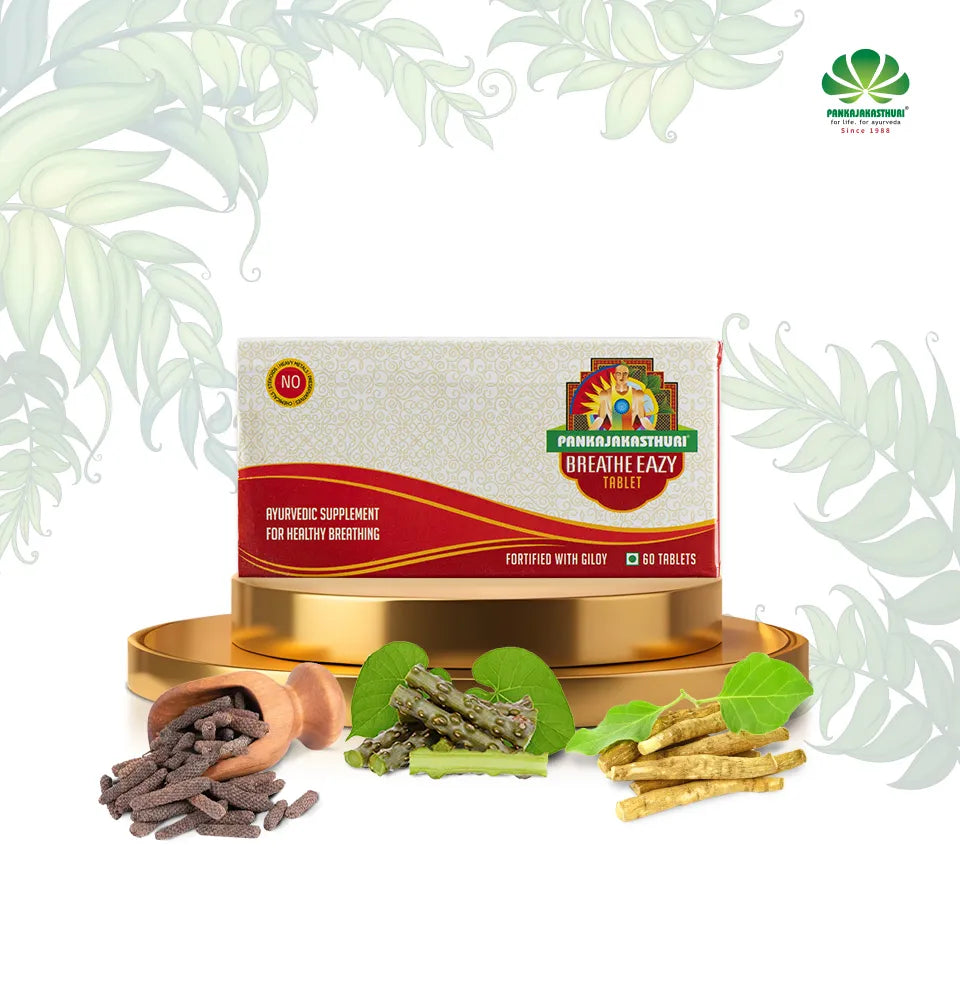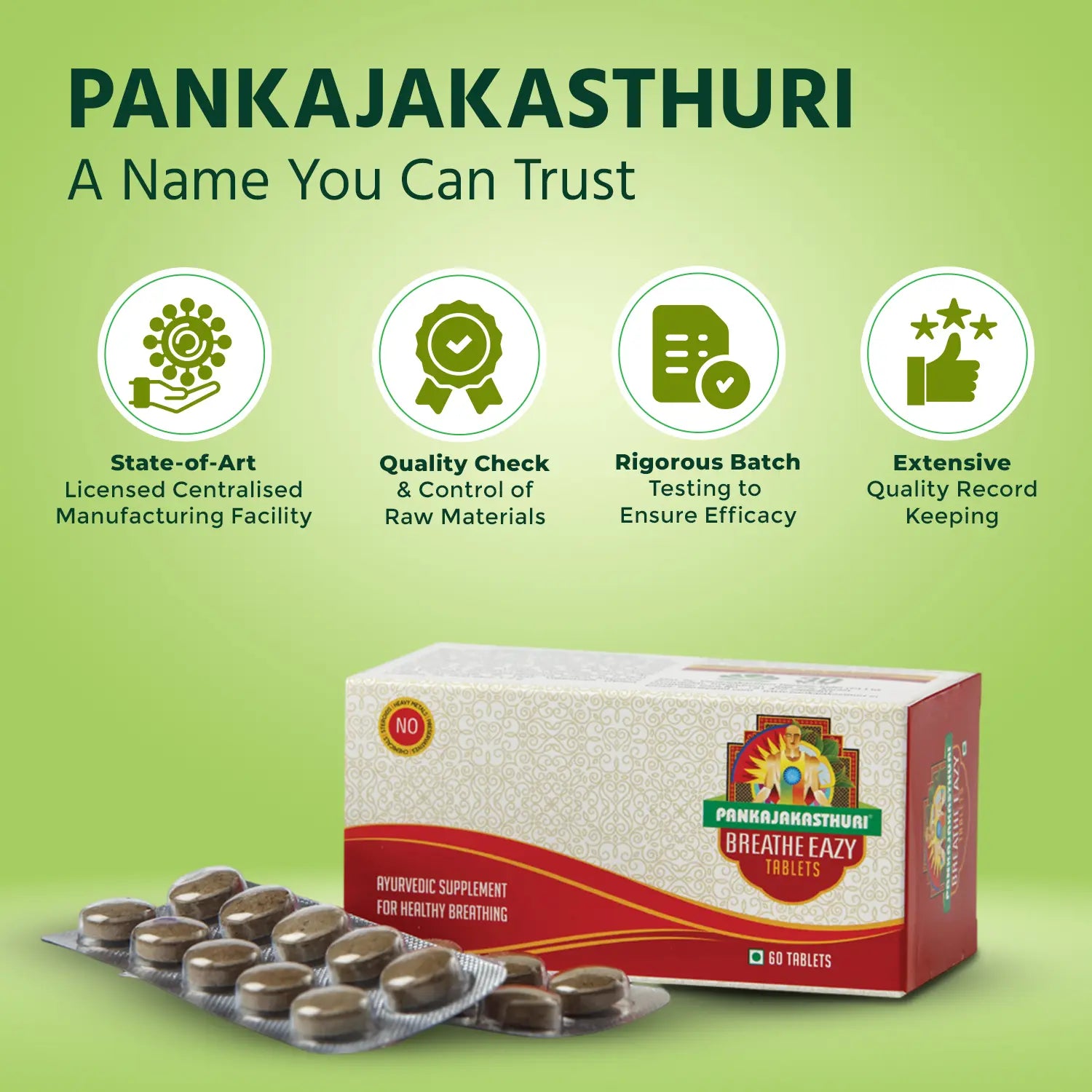
Karkidaka Chikitsa: The Ultimate Ayurvedic Healing Ritual for Monsoon Wellness

As the monsoon clouds gather over Kerala, an ancient wellness tradition comes alive — Karkidaka Chikitsa. Rooted in the science of Ayurveda and practiced during the Malayalam month of Karkidakam (mid-July to mid-August), this seasonal therapy offers a unique opportunity to cleanse, rejuvenate, and fortify the body and mind.
In this in-depth guide, we explore the philosophy, practices, health benefits, and modern adaptations of Karkidaka Chikitsa.
Why Karkidakam? The Monsoon's Hidden Opportunity
1. Monsoon’s Influence on the Body
The high humidity and moderate temperatures of the monsoon soften bodily tissues and open skin pores, allowing herbal oils and therapies to penetrate deeply. Digestion slows down due to weakened Agni (digestive fire), leading to toxin accumulation.
2. Dosha Imbalance
According to Ayurvedic tridosha theory:
- Vata increases due to erratic weather and dampness.
- Kapha gets aggravated due to humidity, poor digestion, and atmospheric heat.
This leads to issues such as joint pain, gas, acidity, rashes, and indigestion.
3. Ojas Depletion
Monsoon depletes Ojas — the vital essence responsible for immunity and vitality. Replenishing it becomes a key goal of Karkidaka Chikitsa.
Objectives of Karkidaka Chikitsa
1. Detoxification (Shodhana)
Eliminates toxins (Ama) through Panchakarma therapies, restoring doshic balance and clearing body channels (Srotas).
2. Rejuvenation (Rasayana)
Boosts immunity, enhances tissue regeneration, and improves vitality using herbs, diet, massages, and rest.
3. Immunity Boosting
Activates the body’s defense system to prevent seasonal infections like colds, flu, and skin disorders.
4. Preventive and Curative Care
Addresses chronic conditions such as:
- Arthritis and joint stiffness
- Skin issues (eczema, psoriasis)
- Asthma and bronchitis
- Digestive issues (IBS, bloating, indigestion)
Key Therapies in Karkidaka Chikitsa
1. Panchakarma (Five-fold Detox)
- Vamana: Emesis therapy for Kapha elimination
- Virechana: Purgation for Pitta balance
- Vasti: Medicated enemas for Vata disorders
- Nasya: Nasal therapy for sinus and mental clarity
- Raktamokshana: Bloodletting for chronic skin diseases (selectively)
2. Abhyanga (Oil Massage)
Performed with warm oils like Dhanwantharam Thailam or Mahanarayana Thailam. It boosts circulation, reduces stiffness, and nourishes tissues.
3. Swedana (Herbal Steam)
Induces sweat to flush out toxins, beneficial for respiratory issues and deep muscle detox.
4. Karkidaka Kanji (Oushadha Kanji)
A special medicinal porridge made with:
- Njavara rice (medicinal rice)
- Herbs like Dashamoola, Ashwagandha, Pippali, Jeeraka
It improves digestion, detoxifies, and boosts immunity. Recommended for 7–28 days.
5. Herbal Medicines & Rasayanas
Includes Chyawanprash, Triphala, Giloy, Ashwagandha, and Amalaki. Personalized formulas are also used based on one’s constitution.
Karkidaka Chikitsa at Home: Modern Adaptations
Monsoon Diet Guidelines
- Eat warm, freshly cooked food with light spices.
- Include Oushadha Kanji, turmeric, ginger, cumin, and black pepper.
- Avoid cold drinks, raw salads, dairy, and fried food.
Hydration the Ayurvedic Way
Drink boiled and cooled water infused with cumin, tulsi, or dry ginger. Avoid iced or sugary drinks.
Home Self-Care Therapies
- Abhyanga: Gentle oil massage before a bath
- Steam therapy: Inhale herbal steam and bathe in warm water
- Sleep hygiene: 7–8 hours of quality sleep; avoid day naps
- Yoga & Meditation: Grounding poses and breathwork for Vata
Daily Herbal Remedies
- Ginger-Tulsi Tea: For digestion and respiratory health
- Golden Milk: Immunity booster and anti-inflammatory
- Chyawanprash: Strengthens lungs and vitality
- Triphala: Nighttime gut detox
- Giloy & Ashwagandha: Stress relief and immune support
Why Karkidaka Chikitsa Matters in the Monsoon
1. Water-Borne Diseases
Typhoid, Cholera, Hepatitis A — spread through contaminated water. Prevention: Drink boiled water, maintain hygiene.
2. Vector-Borne Illnesses
Dengue, Malaria, Chikungunya — avoid stagnant water, use mosquito repellents.
3. Airborne Infections
Flu, cold, and asthma flares — use herbal teas, steam inhalation, and immune herbs.
4. Fungal Skin Infections
Ringworm, athlete’s foot — keep skin dry and clean, use antifungal powders.
5. Eye Infections
Conjunctivitis — avoid touching the eyes, cleanse with boiled water if needed.
Conclusion: Embrace Seasonal Self-Care
Karkidaka Chikitsa is more than a detox — it’s an opportunity to reset your health in harmony with nature. Even small changes like a bowl of kanji, a warm oil massage, or daily herbal tea can have powerful effects when practiced consistently.
Note: Always consult a certified Ayurvedic practitioner before starting this therapy, especially if you are pregnant, elderly, or have chronic conditions.


